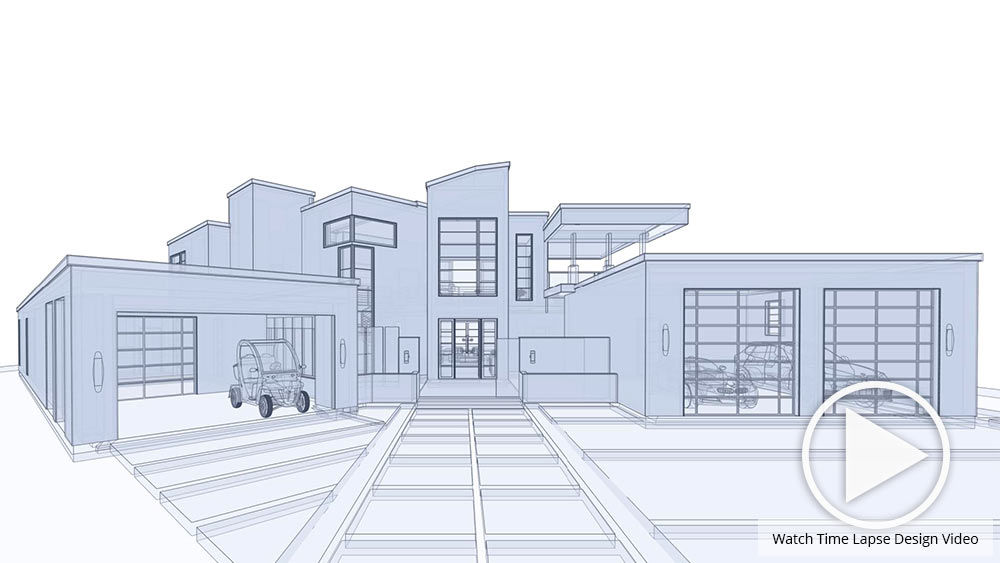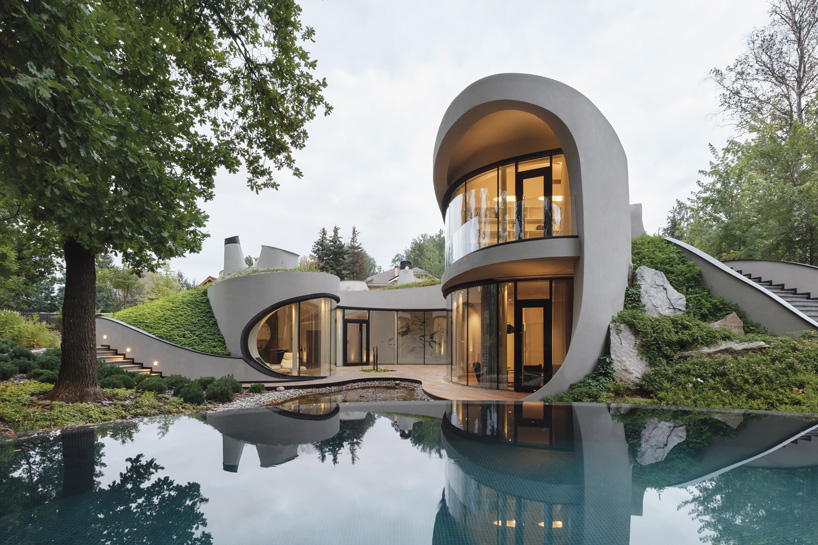A Thorough Review of Building Styles and Their Impact on Modern City Preparation and Advancement
Building styles have long served as a mirror to the societal values and technical improvements of their time, playing a vital function in forming contemporary city preparation and advancement. From the grandeur of Neoclassicism to the practical technique of Brutalism, each style has actually introduced one-of-a-kind concepts that influence city visual appeals and performance.
Historical Summary of Building Styles
Throughout background, building styles have actually progressed in reaction to social, technological, and environmental variables. Each period mirrors the prevailing values, ideas, and developments of its time, bring about a rich tapestry of style that signifies human imagination and adjustment. The ancient people, such as the Egyptians and Greeks, developed foundational styles that stressed symmetry and proportion, offering both useful and aesthetic functions.
As cultures transitioned via the Middle Ages, Gothic style arised, characterized by its verticality and complex describing, matching the spiritual goals of the age. The Renaissance noted a rebirth of classical suitables, combining art and style in innovative methods that affected subsequent styles across Europe.
The Industrial Revolution introduced brand-new materials and building and construction techniques, triggering activities like Modernism, which challenged standard kinds and welcomed simplicity and performance. The 20th century saw a diversity of designs, with Postmodernism responding versus the stark minimalism of its predecessor, including historical references and eclectic elements.
Today, architectural styles remain to develop, driven by globalization and sustainability worries, mirroring a vibrant interaction in between heritage and innovation. This historical summary highlights the relevance of style as a mirror of social evolution and as a catalyst for metropolitan growth.
Trick Architectural Styles Explained
The diversity of architectural styles mirrors the myriad influences that form our constructed atmosphere, each personifying distinct qualities and social significances. Secret architectural styles consist of Timeless, Gothic, Baroque, Modernism, and Postmodernism, each standing for special historical contexts and visual philosophies.
Timeless design, rooted in ancient Greece and Rome, emphasizes balance, proportion, and the usage of columns. In contrast, Gothic style, thriving between Ages, is defined by sharp arches, ribbed safes, and flying buttresses, producing an aerial quality in sanctuaries. Baroque architecture, arising in the 17th century, is marked by magnificence, elaborate decoration, and a vibrant interplay of light and darkness.

Recognizing these designs supplies understanding right into the social stories and technical improvements of their corresponding periods, highlighting just how design serves not just as a shelter, however as a reflection of social values and goals.
Effect On Urban Planning
Fit the development of cities, architectural designs substantially affect metropolitan planning decisions. The choice of building design often dictates the looks, performance, and important source general character of urban environments. Modernism, with its emphasis on minimalism and capability, urges open spaces and the integration of modern technology, forming city formats that prioritize efficiency and ease of access. Conversely, typical designs may highlight historical conservation, causing urban layouts that maintain social heritage and promote pedestrian-friendly settings.
Additionally, building designs can impact zoning guidelines and land make use of policies. Urban coordinators have to think about the dominating building trends when creating areas, ensuring that new advancements integrate with existing structures. This consideration promotes natural urban landscapes and improves neighborhood identification.
The execution of specific architectural styles can likewise affect socioeconomic variables within a city. Premium modern layouts might bring in wealthy homeowners and businesses, leading to gentrification, while more economical housing services may prioritize useful and sustainable designs to accommodate diverse populations. Ultimately, the interaction in between building styles and metropolitan planning creates dynamic cities that mirror both historic context and modern demands, forming the lived experiences of their occupants.
Sustainability and Modern Style
Building designs play an essential function in attending to contemporary challenges, specifically in the world of sustainability. As metropolitan areas broaden and environmental concerns intensify, modern-day style progressively accepts sustainable layout principles that prioritize power effectiveness, resource preservation, and very little ecological influence.
Contemporary architectural movements, such as biophilic layout and eco-friendly architecture, supporter for structures that integrate with their environments, utilizing all-natural materials and promoting biodiversity - cda architects. These designs often include renewable resource sources, such as solar panels and wind turbines, to decrease reliance on nonrenewable fuel sources and lower carbon impacts
Additionally, the integration of innovative technologies, such as clever building systems, improves energy administration, optimizing resource use while guaranteeing browse around these guys owner comfort. Cutting-edge water management methods, including rainwater harvesting and greywater recycling, more add to sustainable city environments.
Significantly, sustainability expands beyond ecological problems; it encompasses social and financial measurements also. By fostering neighborhood wellness and advertising inclusivity, modern-day building designs align with sustainable advancement objectives. The development of architectural methods proceeds to form resistant cities that not just fulfill the demands of the existing yet also safeguard the future for generations to come.
Community Engagement in Design
Neighborhood interaction in style works as a critical bridge in between engineers and the populaces they offer, making certain that the constructed setting mirrors the demands and desires of its customers. This joint procedure welcomes area participants to add their understandings and choices, promoting a sense of ownership and obligation toward the spaces they inhabit.
Effective community engagement employs various methods, such as workshops, surveys, and public forums, to collect varied point of views (cda architects). These methods assist in a two-way dialogue, enabling architects to understand neighborhood contexts while encouraging citizens to articulate their issues and desires. This inclusivity not only enhances the layout top quality however likewise promotes social equity by resolving the special difficulties dealt with by marginalized groups

Conclusion
Architectural styles have actually exceptionally influenced modern city preparation and advancement, reflecting evolving social and technical contexts. As cities continue to expand and adjust, the ongoing discussion between architectural heritage and modern-day style principles will certainly remain crucial in developing inclusive, vibrant spaces that boost high quality of life and advertise social equity.